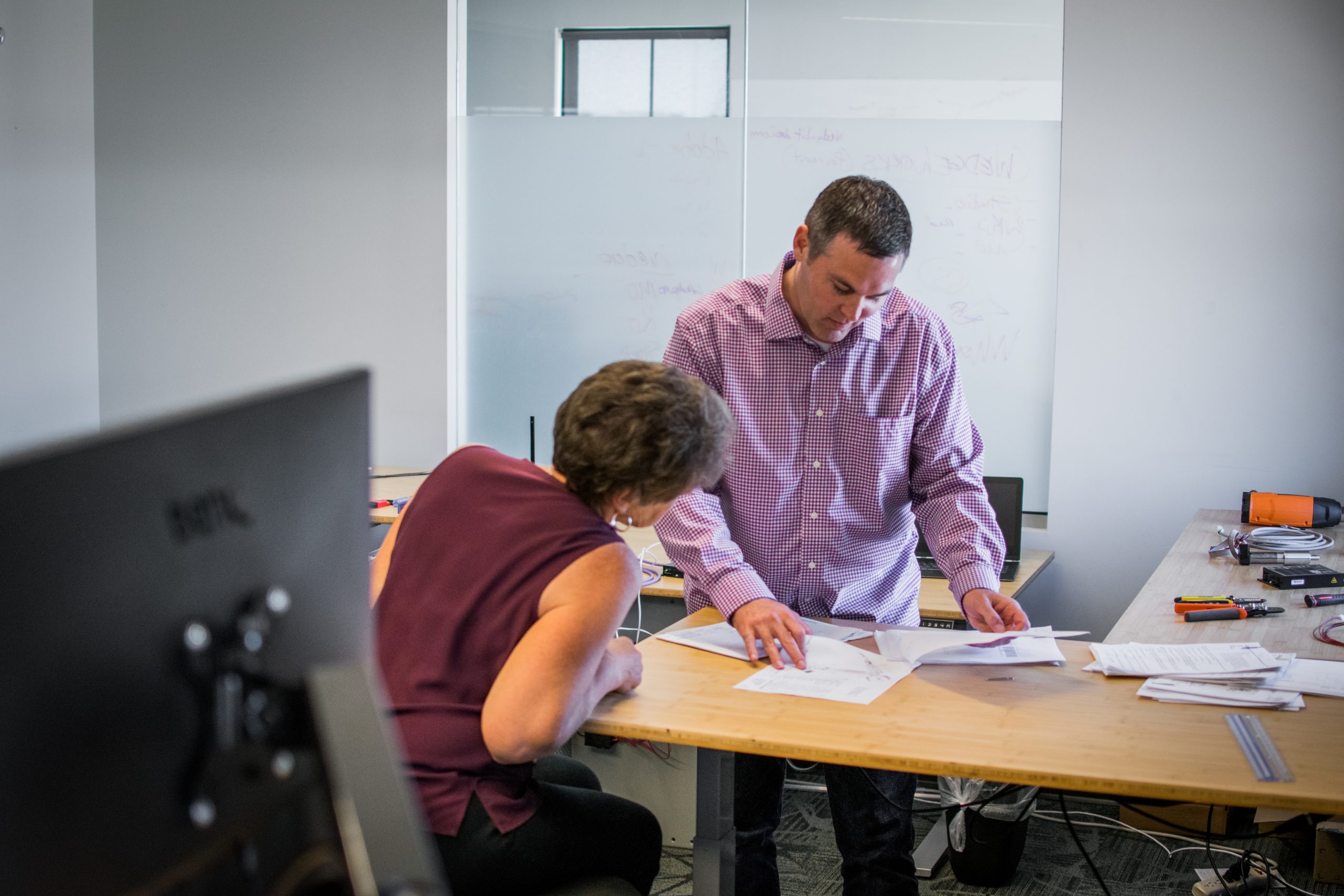
In the realm of engineering and innovation, senior design projects serve as the culmination of years of education, training, and hands-on experience. These projects represent more than just academic exercises; they often provide solutions to real-world problems and pave the way for groundbreaking advancements in various industries. However, behind every successful senior design project lies a crucial support system composed of sponsorship and mentorship.
Senior design projects typically involve teams of students tackling complex challenges, ranging from designing new technologies to improving existing systems. While students bring fresh perspectives, creativity, and technical skills to the table, they often lack the resources, guidance, and real-world insights necessary to navigate the intricacies of their projects successfully. This is where sponsorship and mentorship play pivotal roles in nurturing ingenuity and fostering innovation.
The Importance of Sponsorship:
Sponsorship in senior design projects entails financial support, access to resources, and industry connections provided by external organizations or companies. These sponsors not only invest in the project financially but also contribute invaluable expertise, infrastructure, and networking opportunities.
Financial support from sponsors enables students to acquire materials, equipment, and software necessary for their projects, which may otherwise be out of reach due to budget constraints. Moreover, sponsors often offer access to cutting-edge technologies, laboratories, and research facilities, empowering students to explore innovative solutions and push the boundaries of conventional thinking.
Furthermore, sponsorship facilitates meaningful collaboration between academia and industry. By partnering with external organizations, students gain exposure to real-world challenges and industry standards, allowing them to align their projects with market needs and industry trends. This partnership not only enriches the learning experience but also increases the project’s relevance and impact in the broader context of technological advancement.
The Role of Mentorship:
Mentorship complements sponsorship by providing guidance, expertise, and personalized support to students throughout the duration of their senior design projects. Mentors, often seasoned professionals or faculty members, offer invaluable insights, constructive feedback, and mentorship tailored to students’ individual needs and project requirements.
One of the primary benefits of mentorship is the transfer of practical knowledge and experiential learning from mentors to students. Mentors share their insights gleaned from years of experience in their respective fields, helping students navigate technical challenges, anticipate obstacles, and refine their problem-solving approaches. Moreover, mentors serve as sounding boards for students’ ideas, offering critical perspectives and steering them towards viable solutions.
Additionally, mentorship fosters the development of essential skills such as project management, communication, and teamwork. Through regular interactions with mentors, students learn to articulate their ideas effectively, collaborate with team members, and manage project timelines and deliverables. These skills are invaluable not only in the context of senior design projects but also in their future careers as engineers and innovators.
Synergy Between Sponsorship and Mentorship:
While sponsorship and mentorship serve distinct purposes, their synergy is essential for maximizing the impact and success of senior design projects. When sponsors and mentors collaborate effectively, students benefit from a holistic support system that combines financial backing with personalized guidance and expertise.
For instance, sponsors can facilitate mentorship opportunities by connecting students with industry experts who can provide insights relevant to their projects. Likewise, mentors can leverage their networks to secure additional resources or funding from potential sponsors, thereby enhancing the project’s scope and potential for innovation.
Moreover, the collaborative efforts of sponsors and mentors create a feedback loop that fosters continuous improvement and innovation. Sponsors may provide feedback on project proposals, prototypes, or interim deliverables, guiding students towards solutions that align with industry standards and market demands. Simultaneously, mentors offer constructive criticism and mentorship based on their practical experience, refining students’ ideas and approaches iteratively.
Case Studies:
To illustrate the impact of sponsorship and mentorship in senior design projects, consider the following case studies:
- Robotics Innovation: A team of engineering students embarks on a senior design project to develop an autonomous drone for agricultural monitoring. Through sponsorship from a leading drone manufacturer, the team gains access to state-of-the-art drone technology and technical support. Concurrently, they receive mentorship from experienced engineers specializing in robotics and agriculture, who provide guidance on design optimization, sensor integration, and field testing. The synergy between sponsorship and mentorship enables the team to deliver a fully functional prototype that addresses the specific needs of the agricultural industry.
- Medical Device Development: A group of biomedical engineering students undertakes a senior design project to design a wearable device for remote patient monitoring. With sponsorship from a healthcare technology company, the team receives funding for prototype development and access to clinical expertise. Meanwhile, their mentor, a seasoned biomedical engineer, advises them on regulatory compliance, user-centered design, and clinical validation. By leveraging the resources and mentorship provided, the team successfully navigates the complexities of medical device development, ultimately delivering a product poised to improve patient outcomes and revolutionize remote healthcare delivery.
In conclusion, sponsorship and mentorship play indispensable roles in nurturing ingenuity and fostering innovation in senior design projects. By providing financial support, access to resources, industry connections, and personalized guidance, sponsors and mentors empower students to tackle complex challenges, explore innovative solutions, and make meaningful contributions to their respective fields. The synergy between sponsorship and mentorship creates a dynamic support system that amplifies students’ creativity, accelerates their learning curve, and maximizes the impact of their senior design projects. As we continue to invest in the next generation of engineers and innovators, recognizing the importance of sponsorship and mentorship remains paramount in nurturing ingenuity and driving technological progress forward.